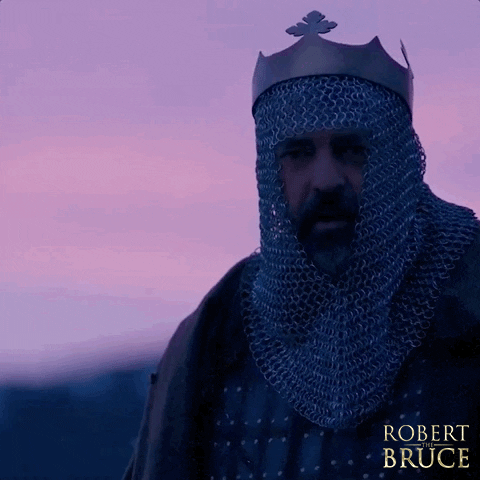Film Treatment – Kattniss Molotov 2: Mom and Pop
Genre
Dark Satirical Action / Political Comedy
Logline
Armed with Molotov cocktails and righteous fury, Kattniss Molotov, her partner-in-chaos Comrade Jozo, and a ragtag army of far-left protestors declare war on corporate franchises—turning cities into flaming battlegrounds while rallying behind the slogan: “Back to Mom and Pop Small Business!”
Act I – The Fire Returns
The film opens with a chaotic montage of cities flooded with neon-lit logos: McDonald’s, Starbucks, Amazon Go, Walmart—giant corporations dominating every street corner. Small businesses close down one by one.
Kattniss Molotov, now an underground legend after the fiery events of the first film, is in hiding. But when her childhood neighborhood’s last family-run bakery is bulldozed for another Starbucks, she vows to ignite a second revolution.
She reunites with her loyal ally Comrade Jozo, a philosophical ex-Yugoslav revolutionary who believes “capitalism kills culture one latte at a time.” Together, they begin recruiting young anarchists, union workers, climate activists, and punks into a guerrilla movement.
Their rallying cry:
“Back to Mom and Pop Small Business!”
Act II – Flames of Revolt
The movement launches with symbolic Molotov raids on major franchises. In a stunning action set-piece, a convoy of delivery trucks filled with fast-food supplies is ambushed. Protestors rain bottles of fire over golden arches and green mermaid logos.
The public reaction is polarized:
- Working-class families cheer the attacks as “Robin Hood economics.”
- The corporate elite label Kattniss a domestic terrorist.
- Social media memes turn her into a folk hero.
But the movement isn’t without cracks. Some protestors want chaos for its own sake. Others push for peaceful boycotts. Kattniss struggles to hold the group together as Comrade Jozo warns:
“Revolution without discipline burns itself out.”
The government forms a Corporate Security Task Force, armed with drones, riot cops, and surveillance. The city turns into a war zone—independent coffee shops and bookstores become secret bases, while every Starbucks window is a potential target.
Act III – Mom and Pop or Bust
As the revolution escalates, Kattniss and Jozo discover a chilling truth: corporations are lobbying for a new law that would ban independent businesses outright under the guise of “consumer safety.”
The climax is a massive showdown at a corporate expo, where CEOs unveil their “franchise-only future.” Kattniss and Jozo lead thousands of protestors in a fiery siege, raining down Molotovs in a surreal spectacle of fire and glass.
But at the heart of the battle, Kattniss makes a choice: keep burning until everything collapses, or channel the movement into rebuilding a world where Mom & Pop shops can thrive.
In the final shot, as smoke clears, Kattniss delivers her manifesto over hacked screens:
“We don’t want your clown burgers or your siren lattes. We want our neighbors back. Back to Mom and Pop!”
The screen cuts to black with the roar of protest chants echoing.
Themes
- Anti-Corporate Resistance: a critique of monopoly capitalism and the erasure of small businesses.
- The Fire of Revolution: satire on both left-wing radicalism and corporate greed.
- Community vs. Consumerism: what’s lost when local shops are replaced by soulless franchises.
Tone & Style
Think V for Vendetta meets Fight Club, but with the biting humor of Sorry to Bother You. Explosive action sequences balanced with surreal satire, graffiti slogans, and punk-rock energy.





